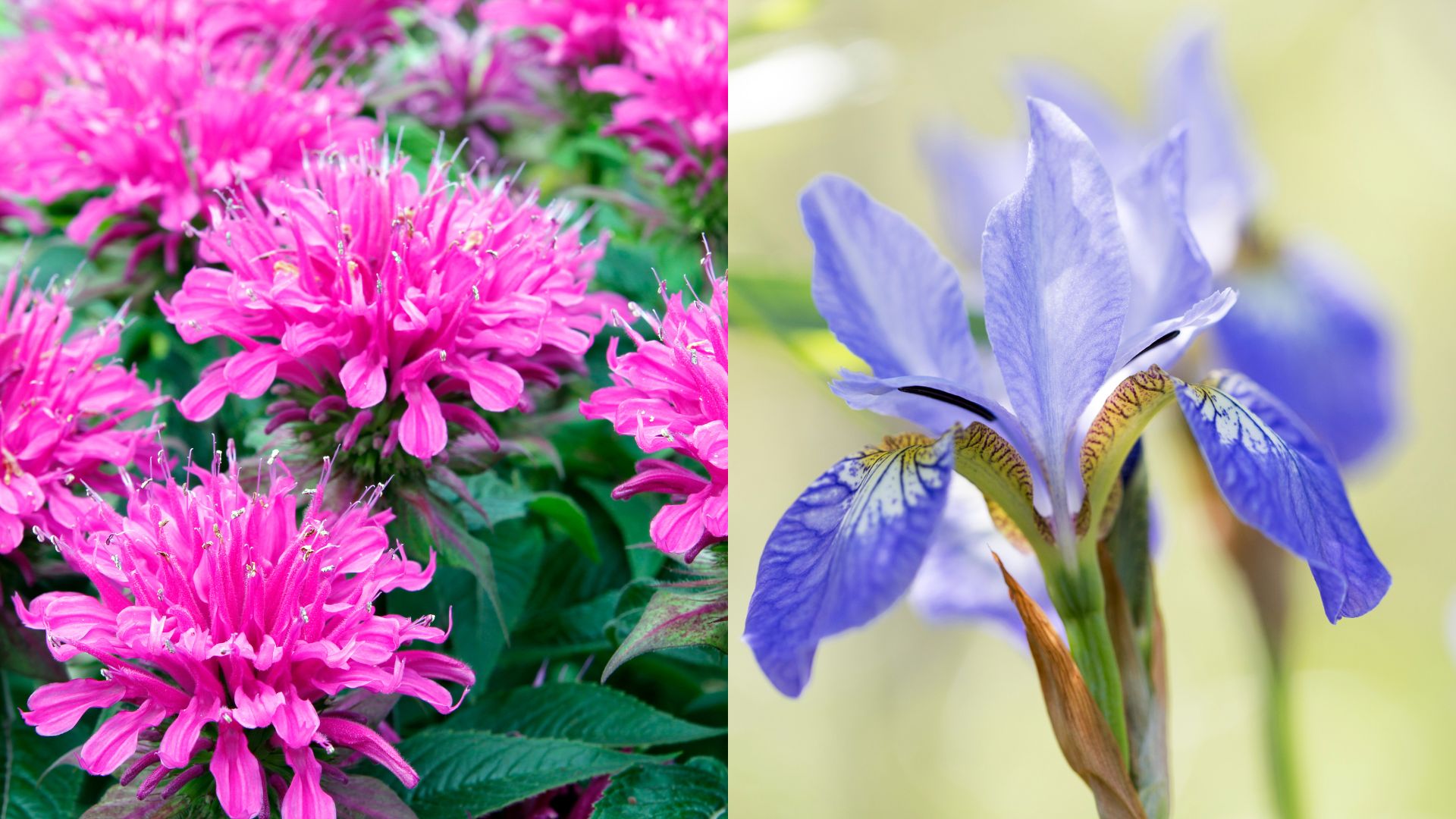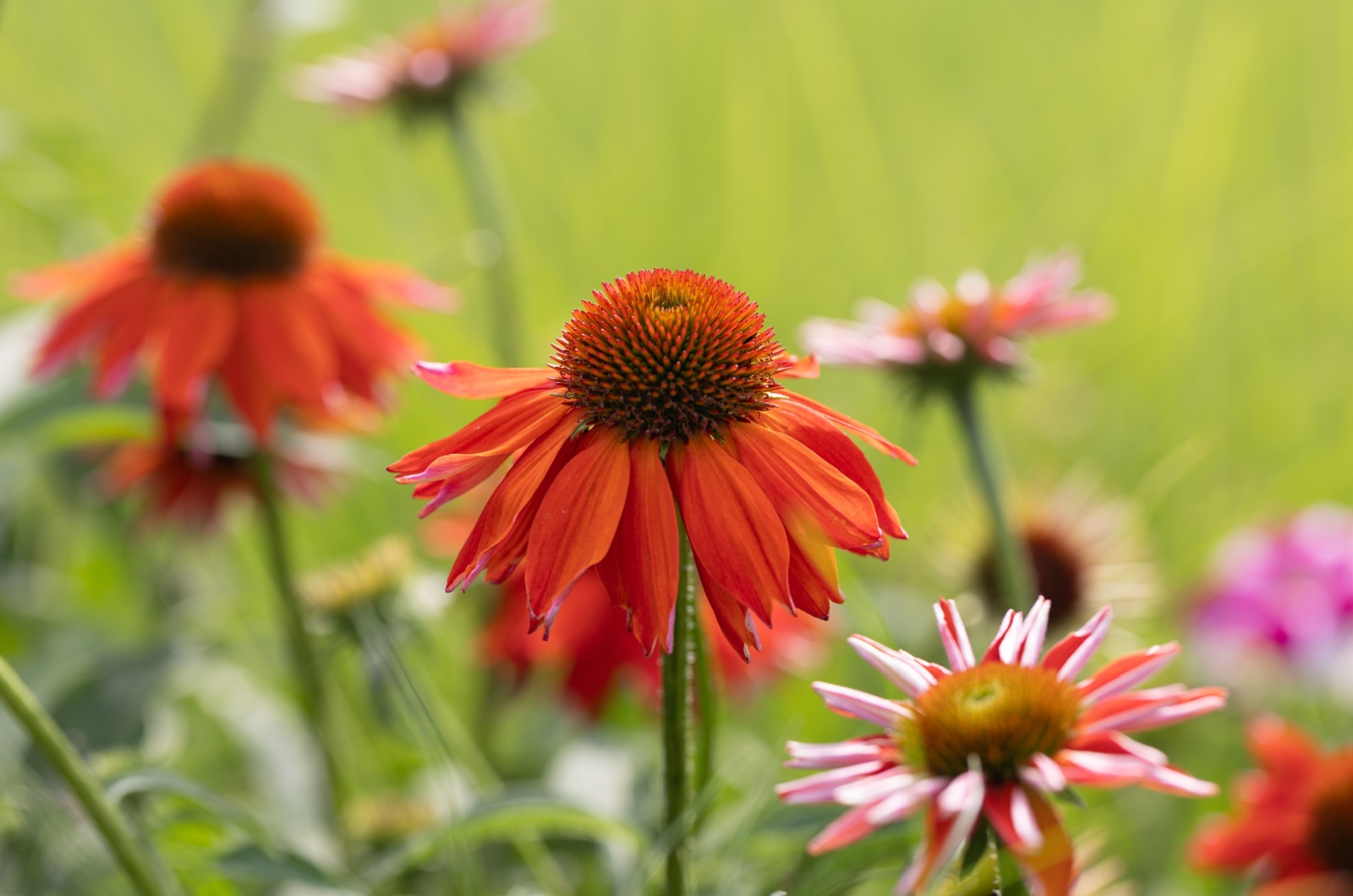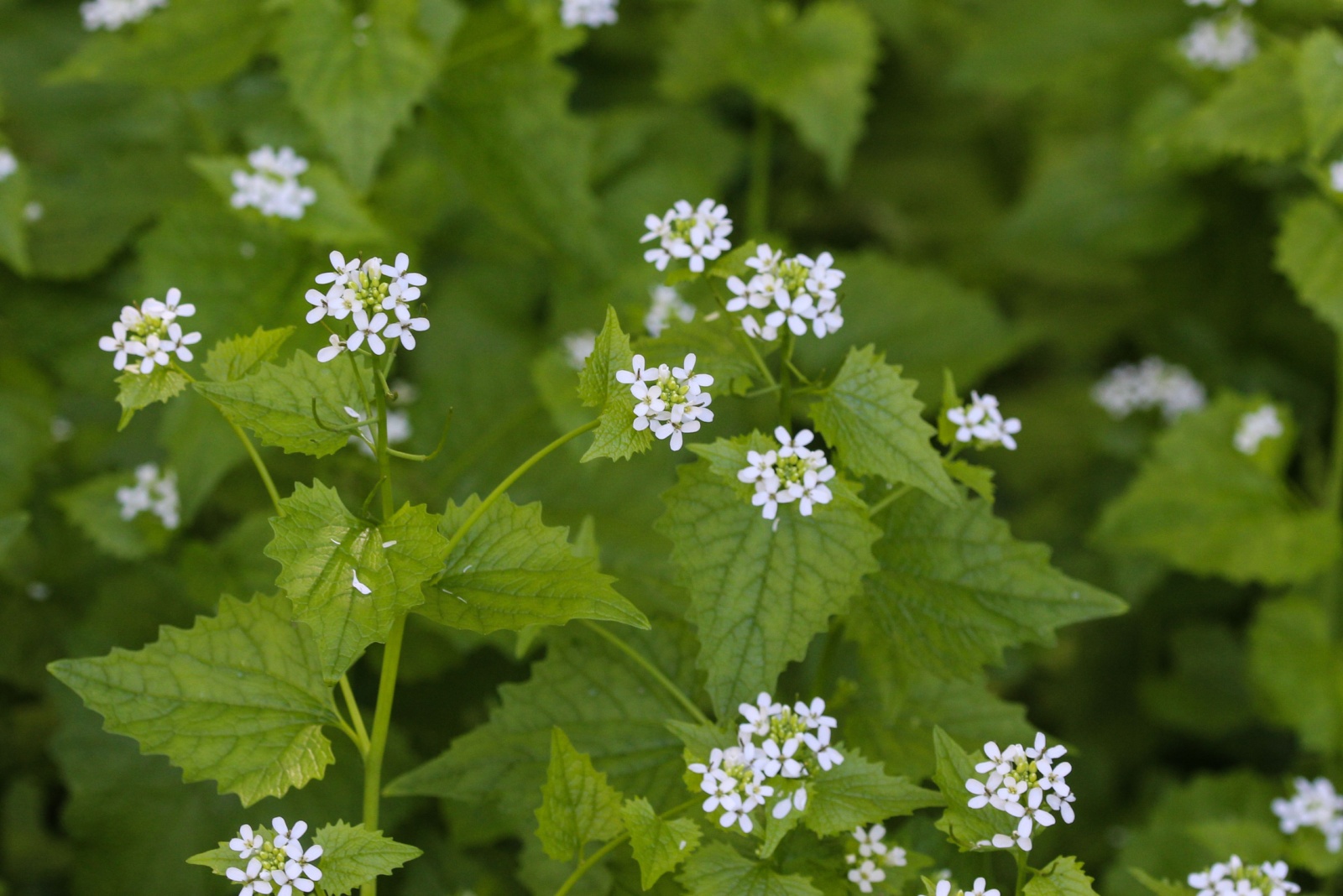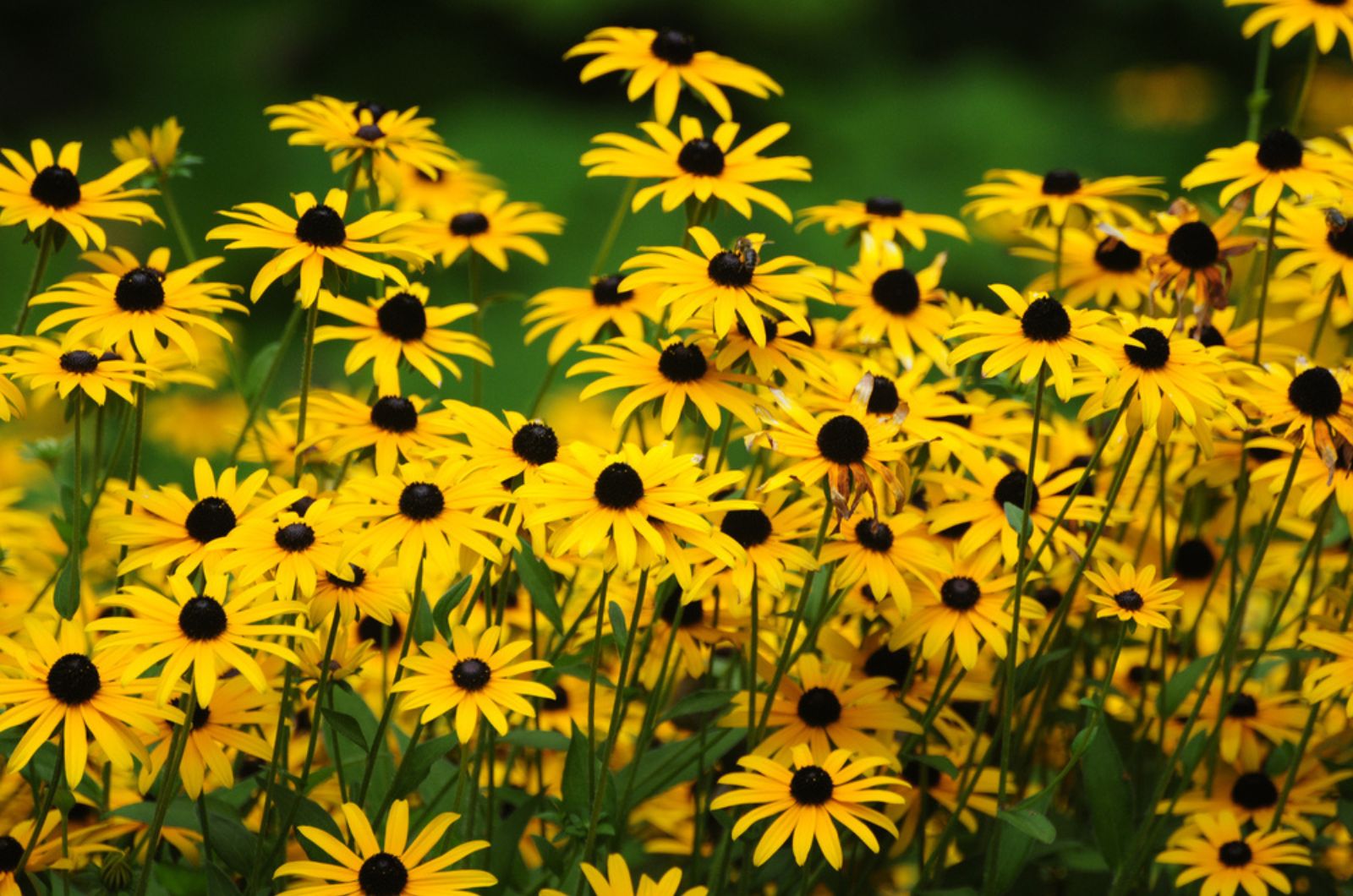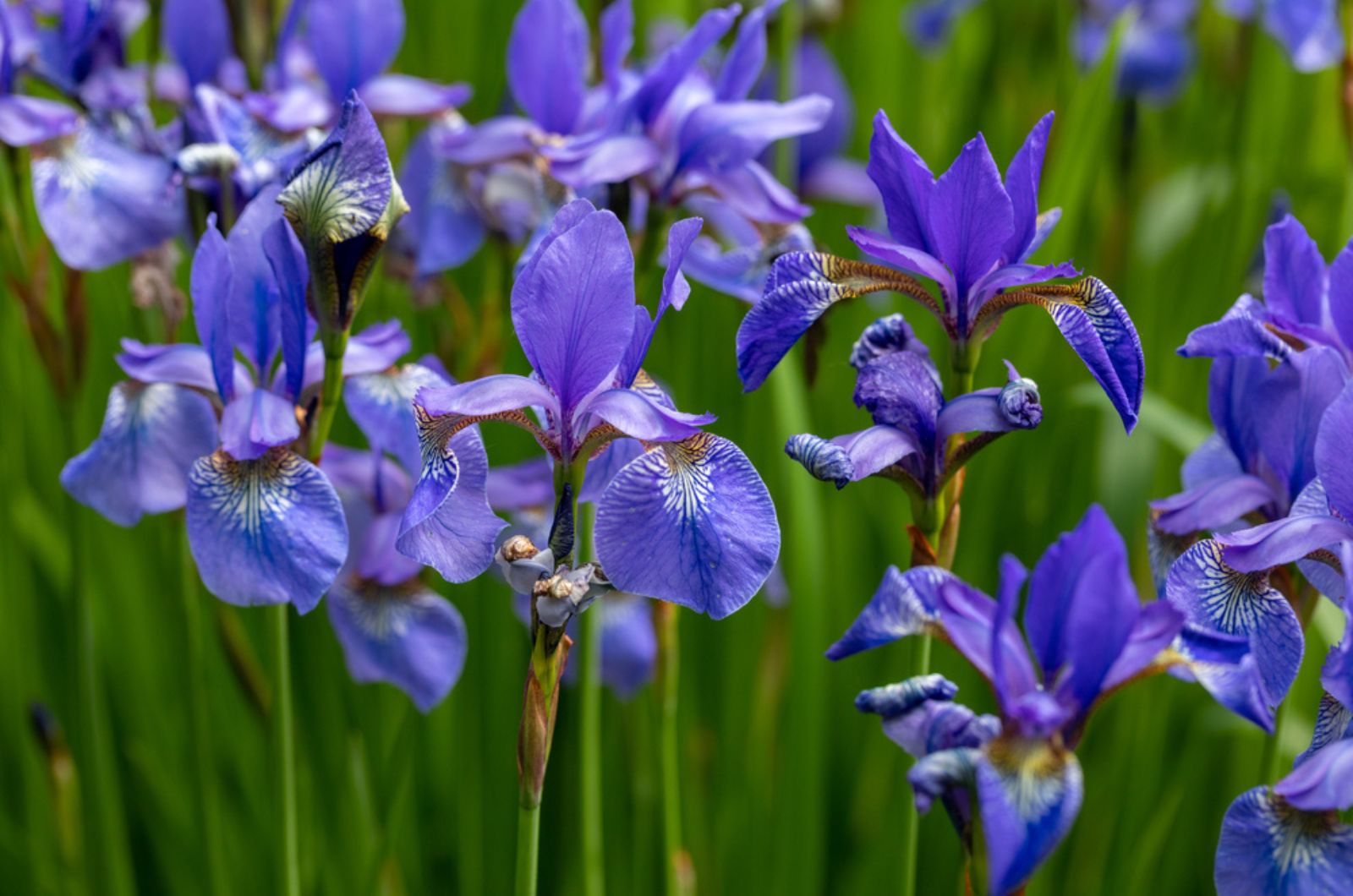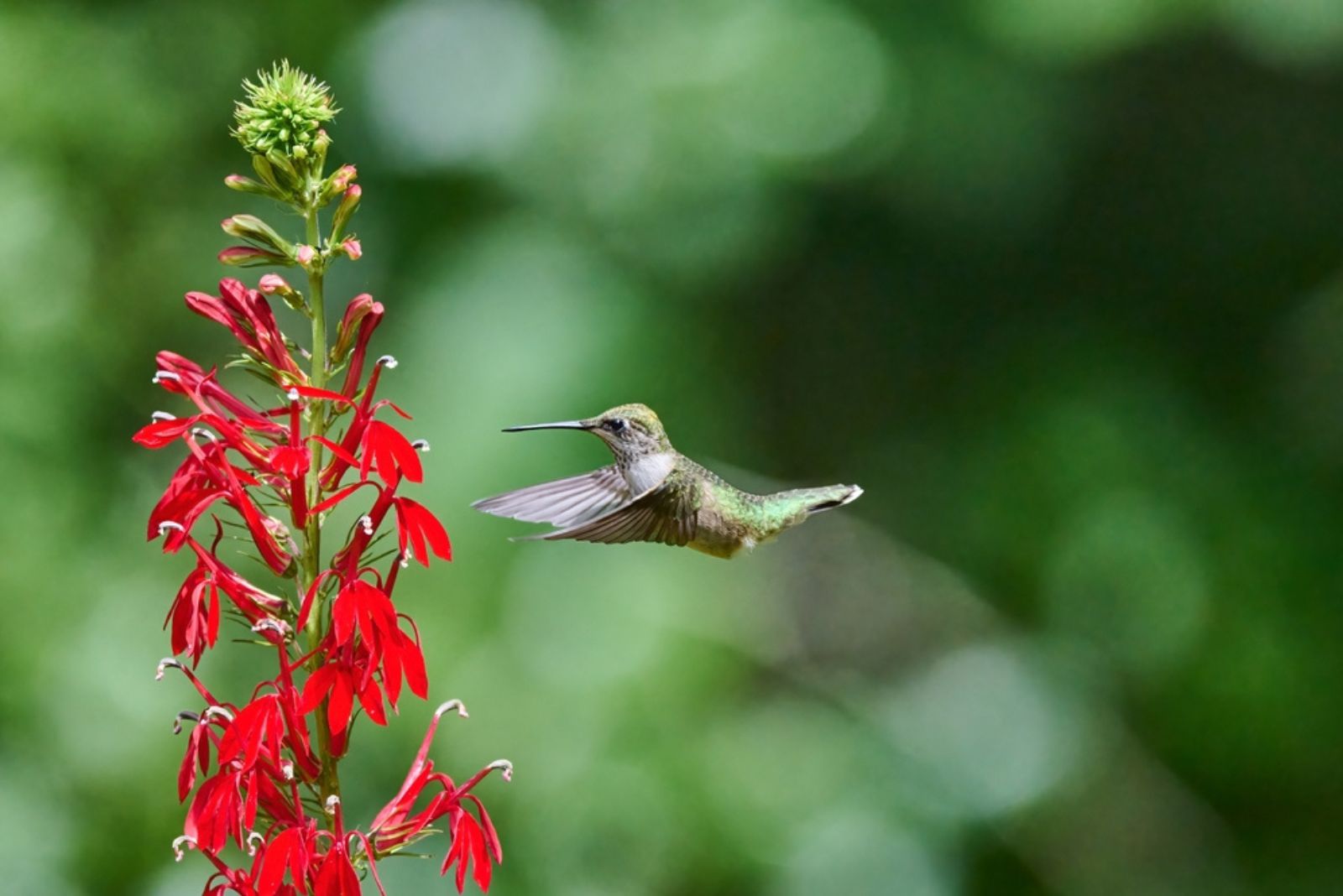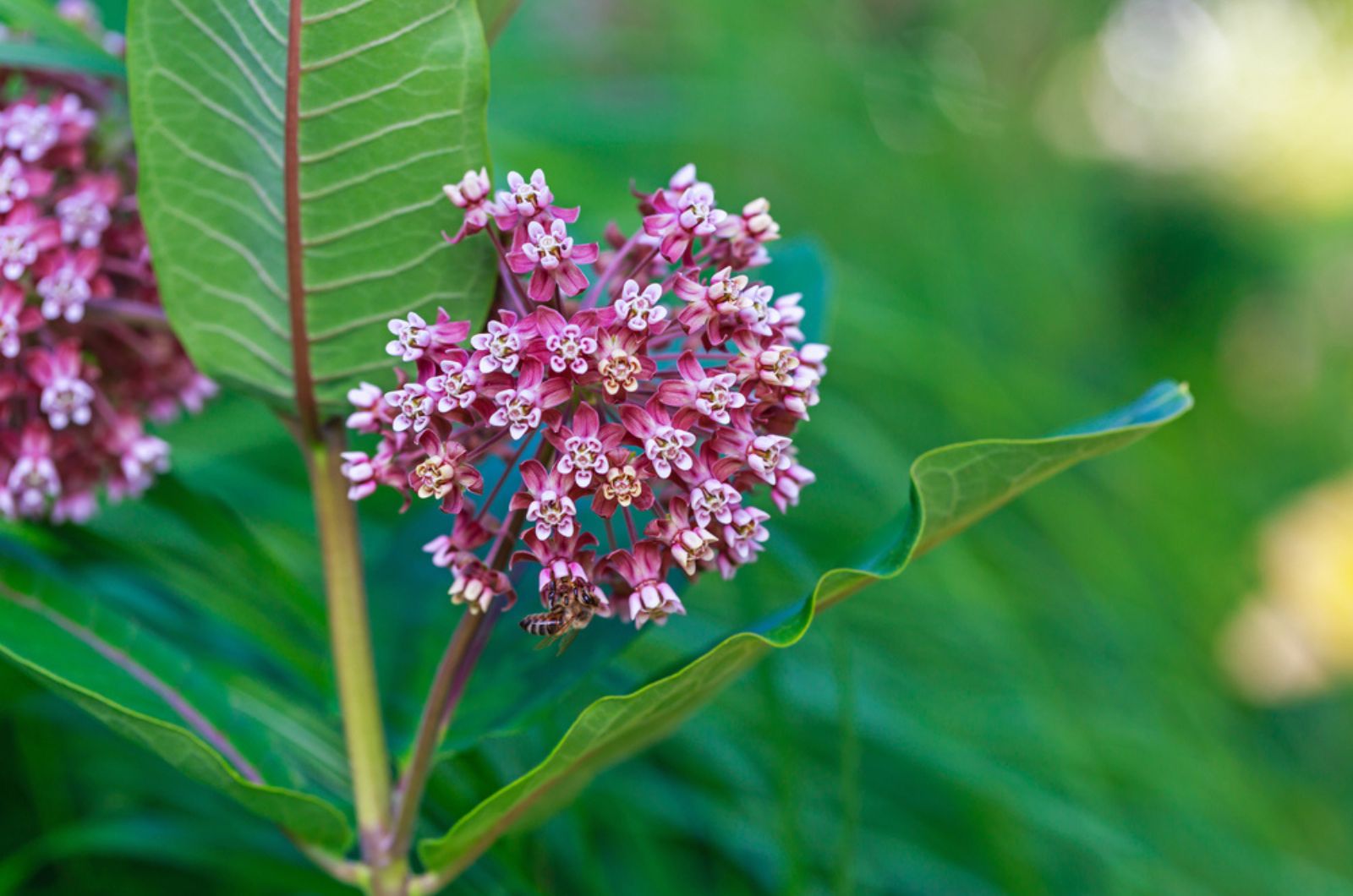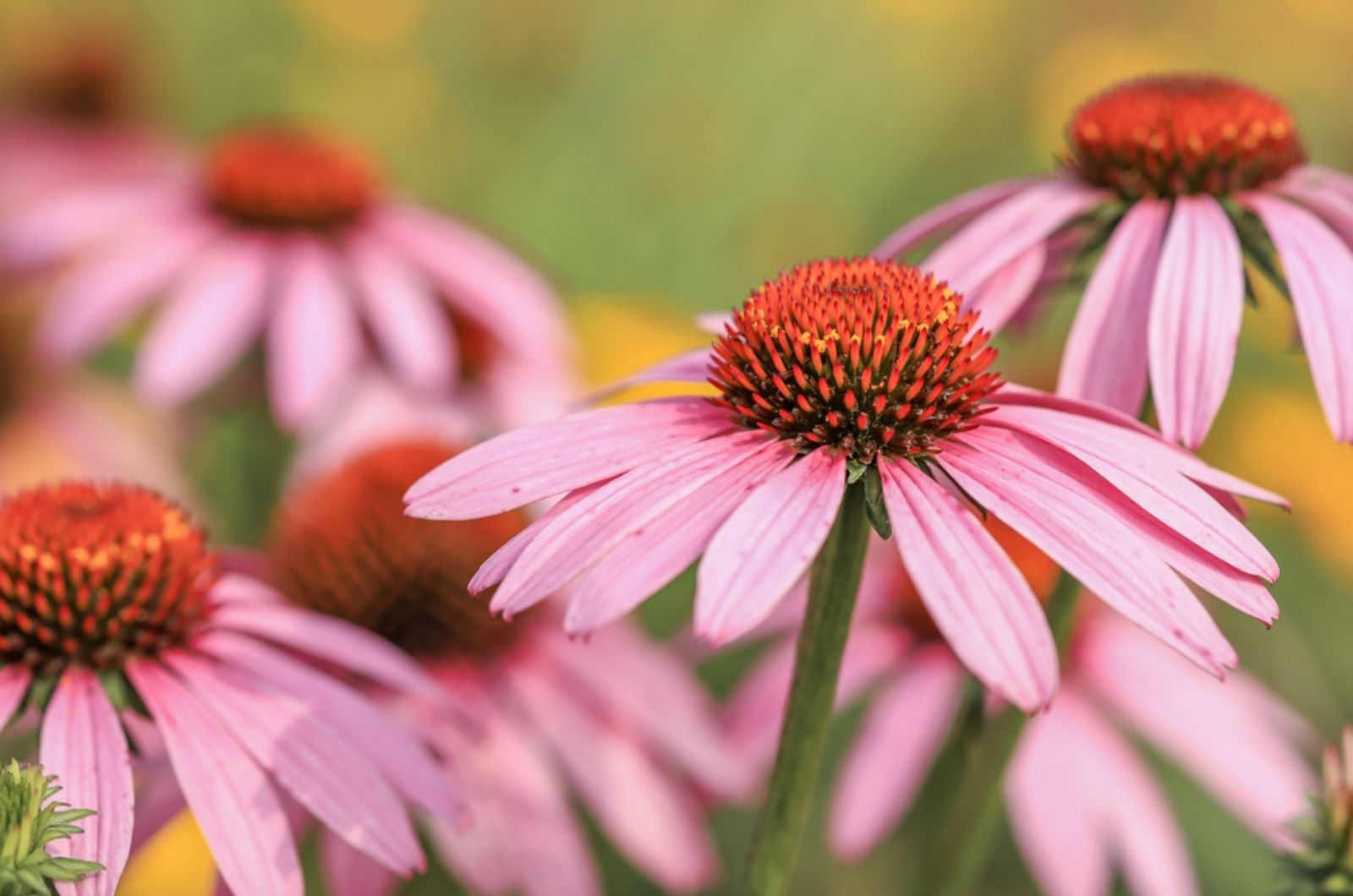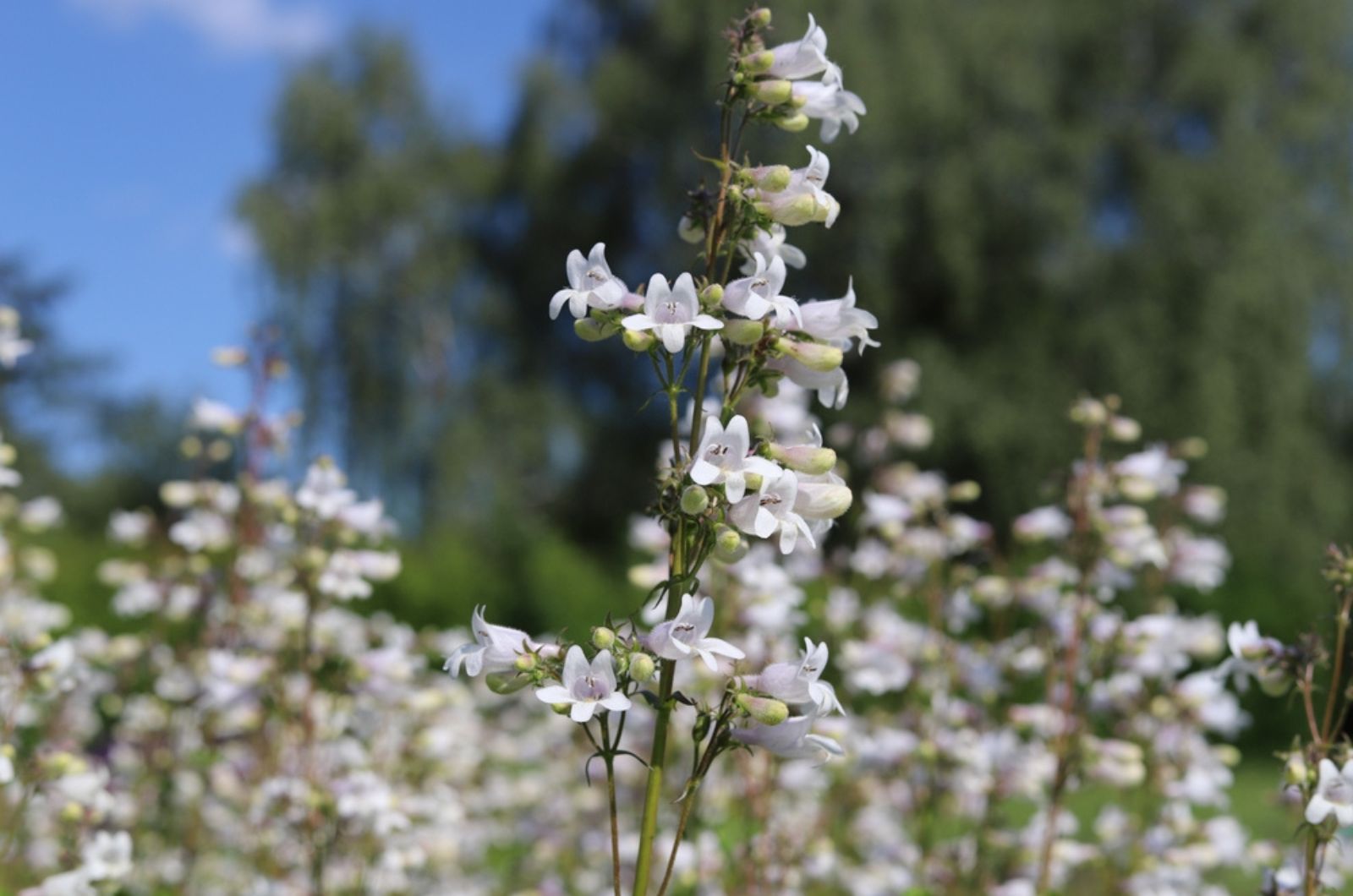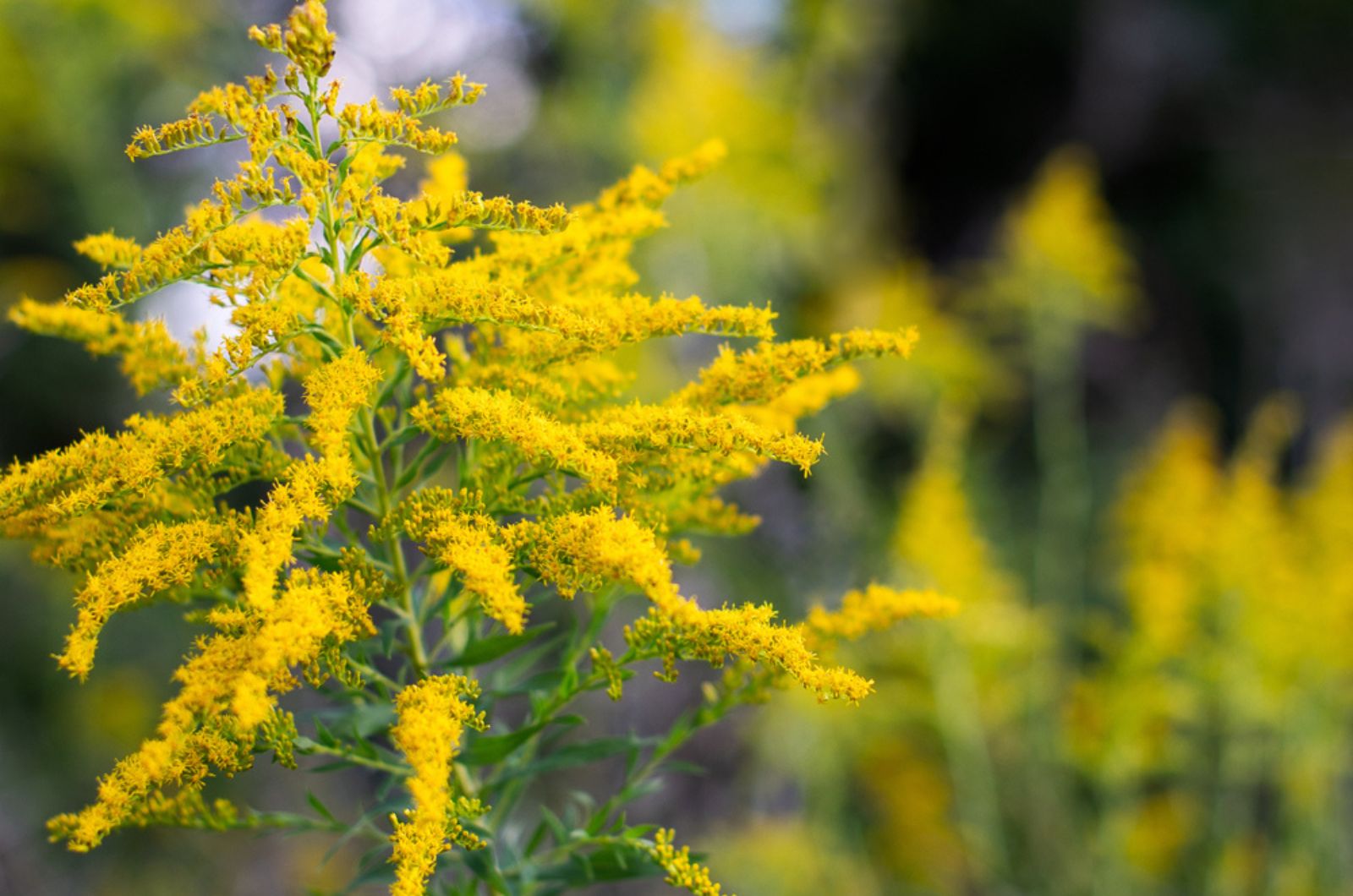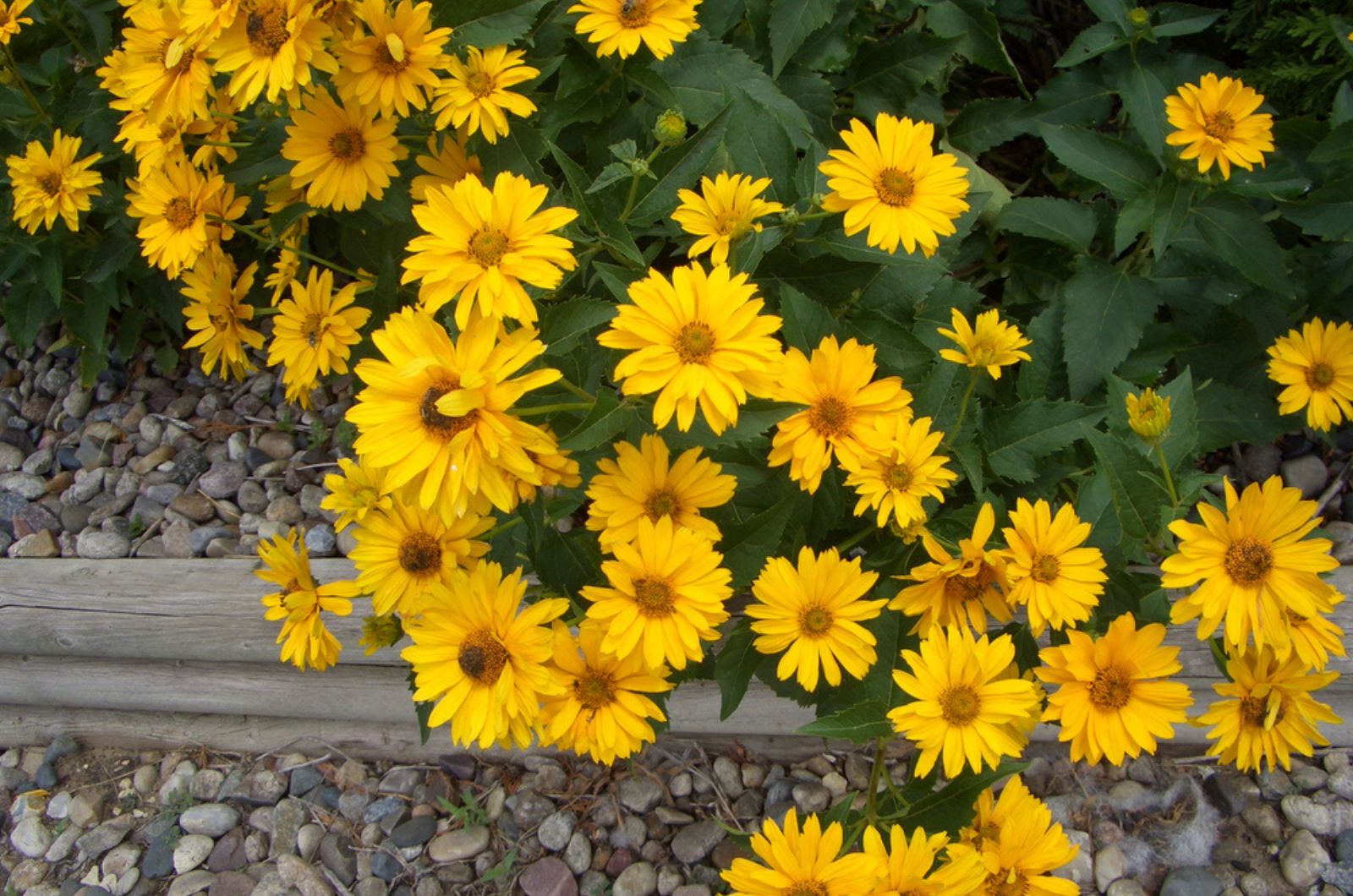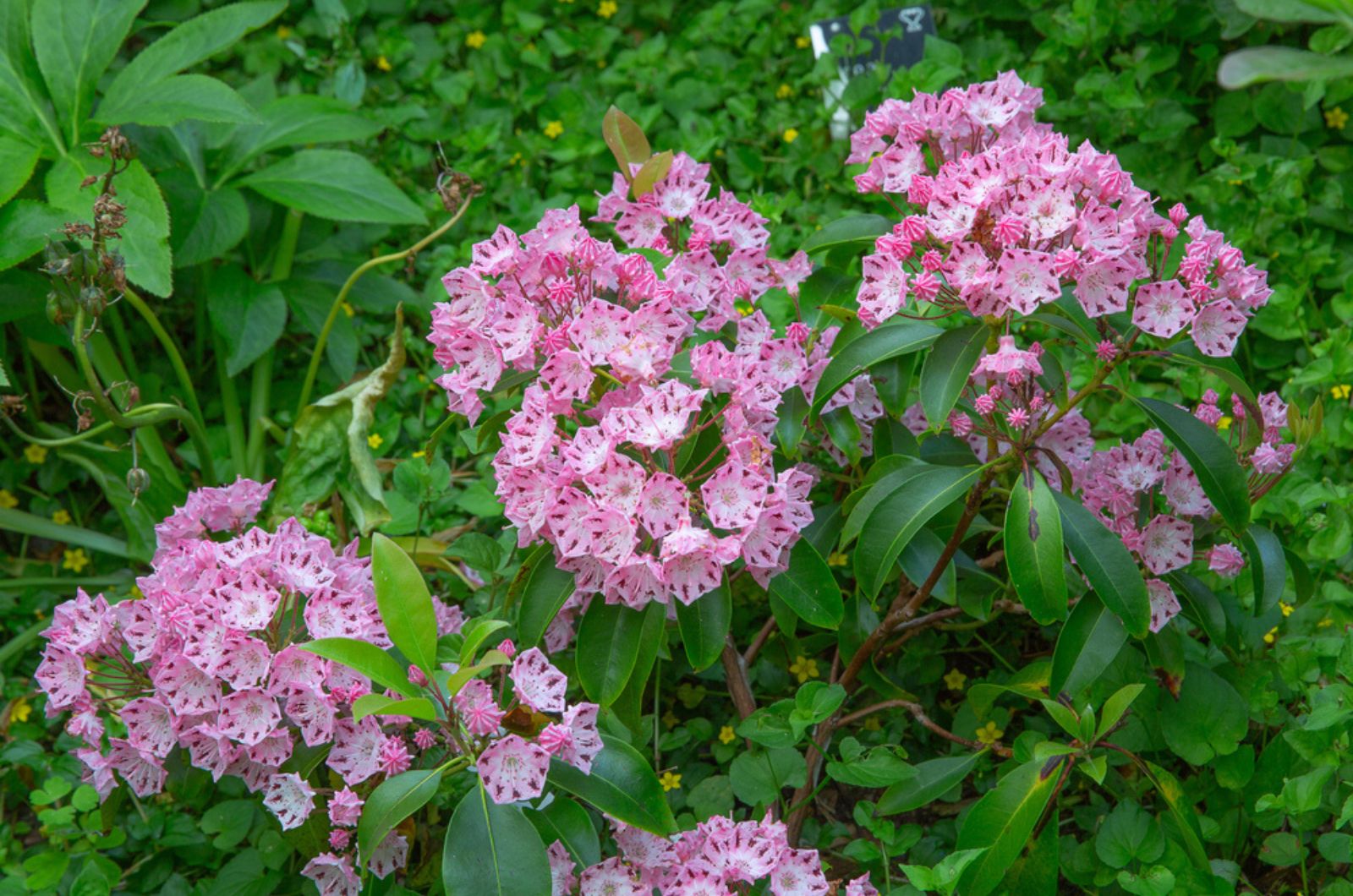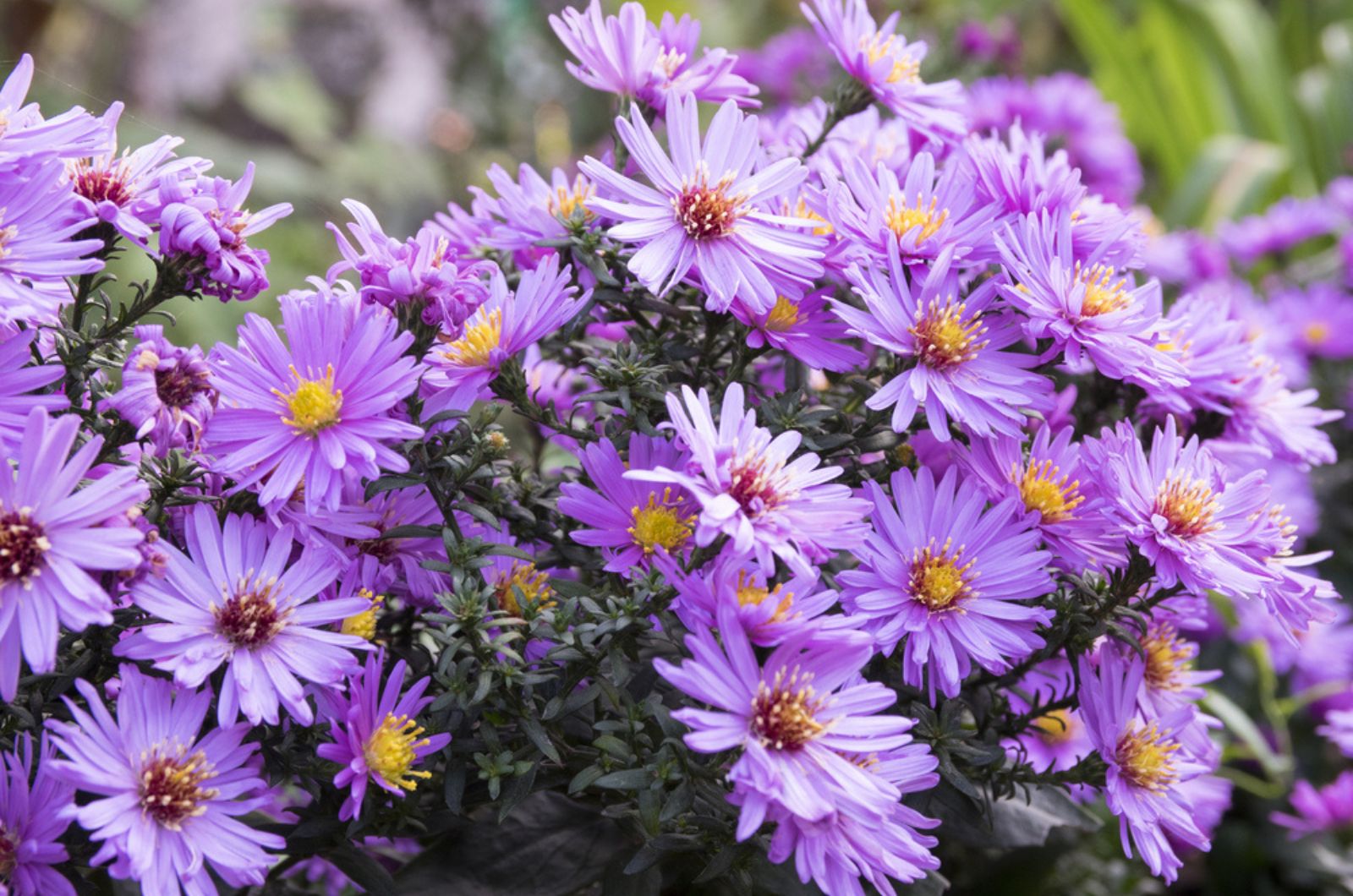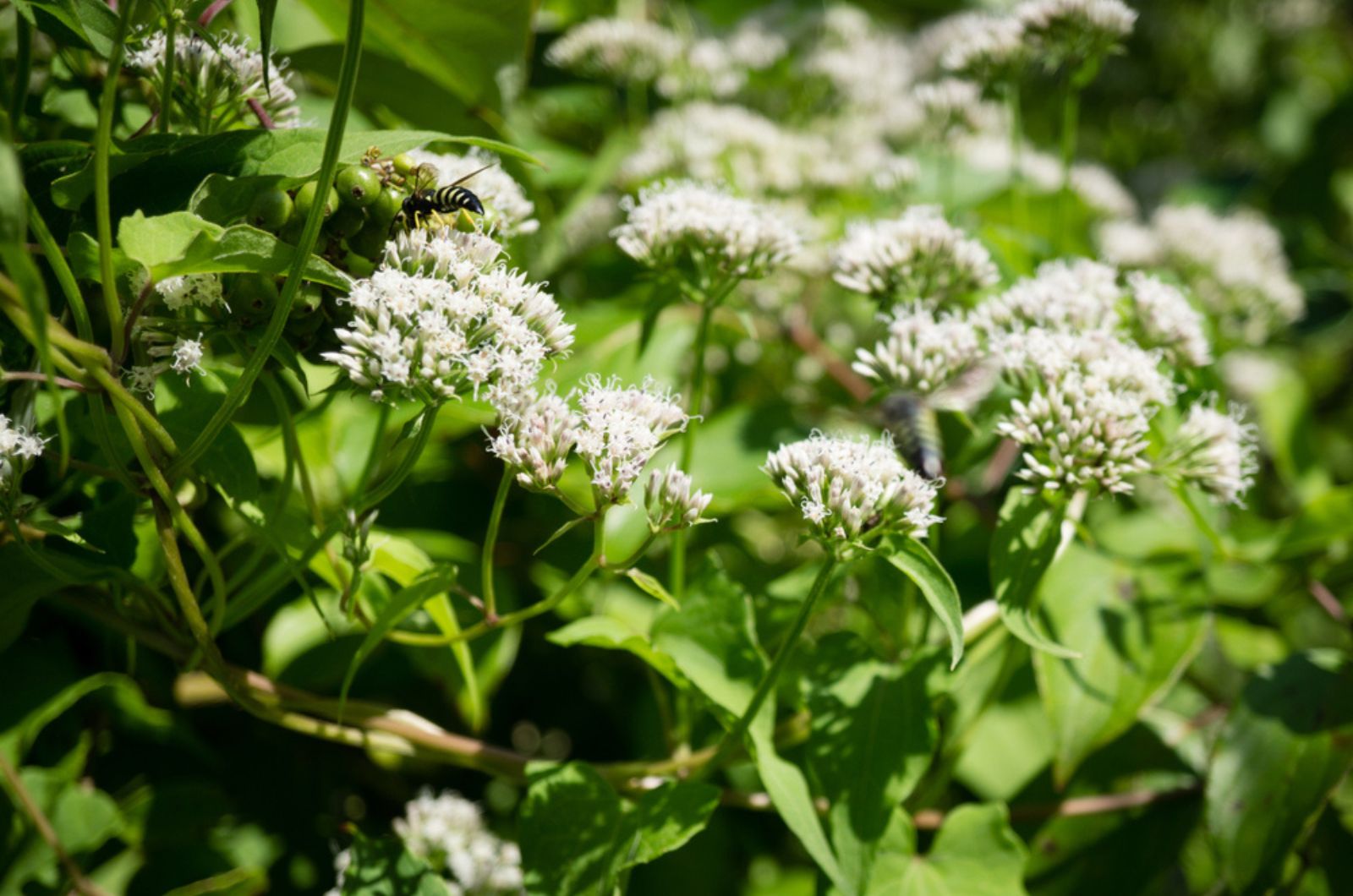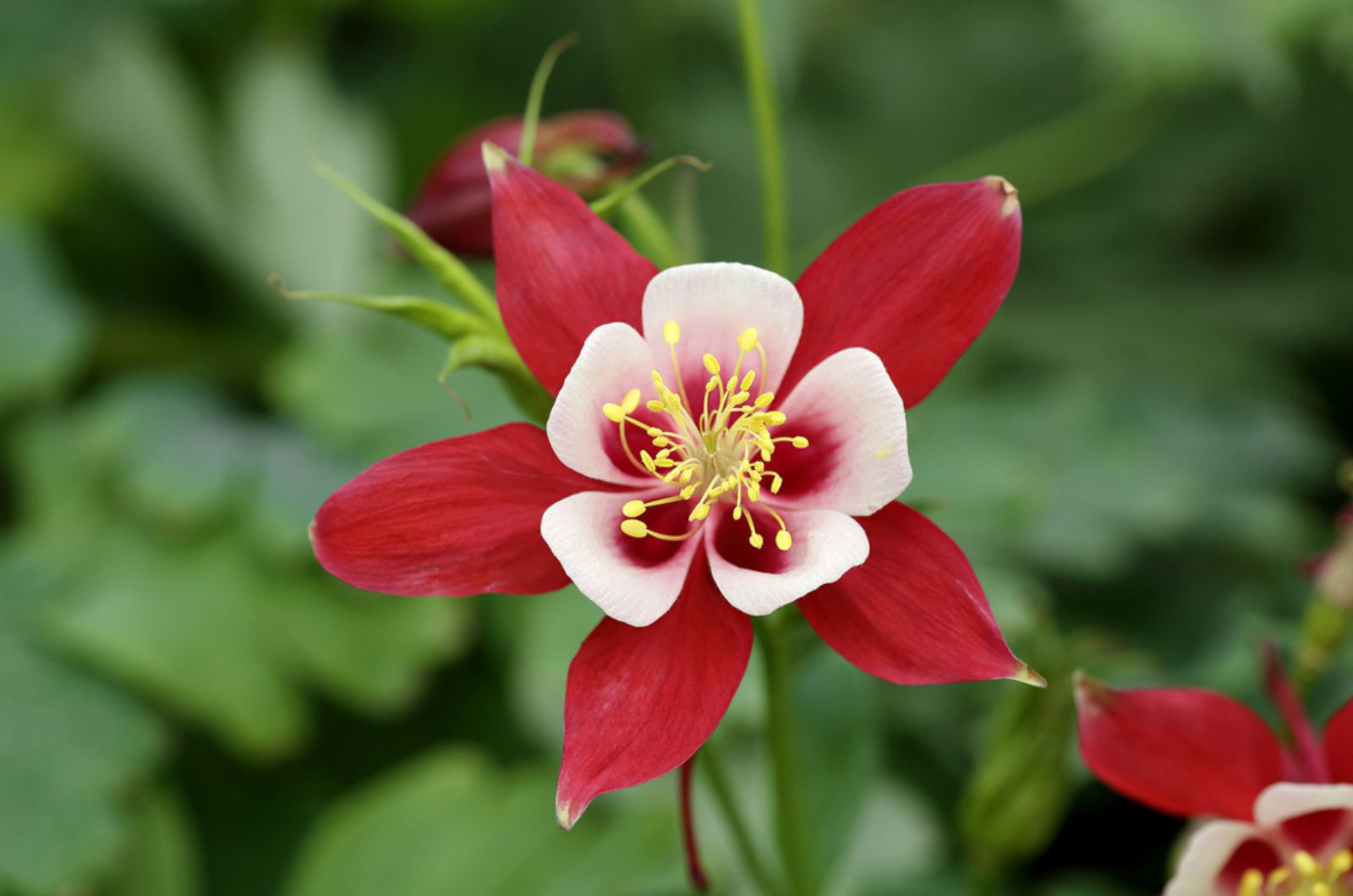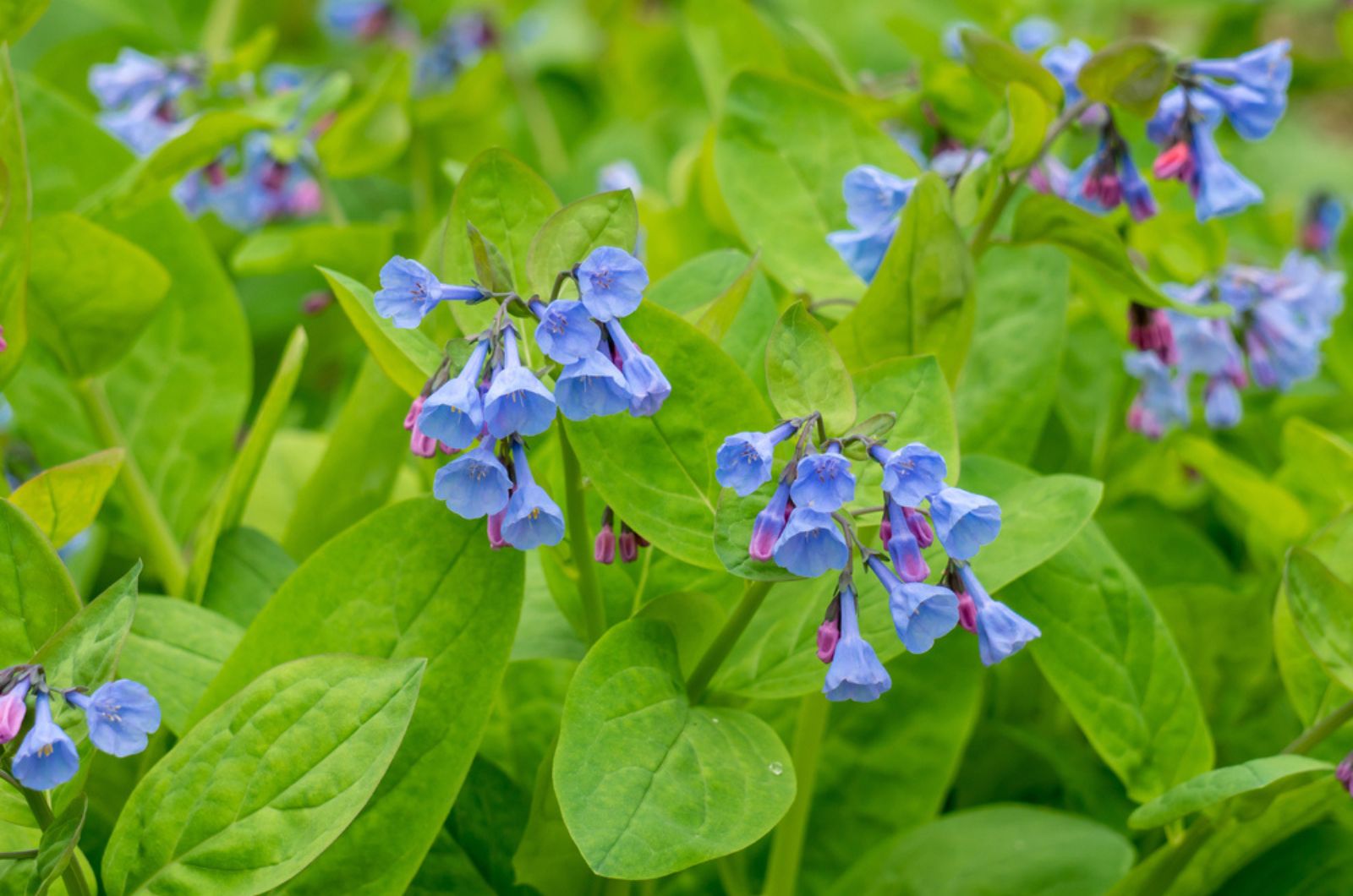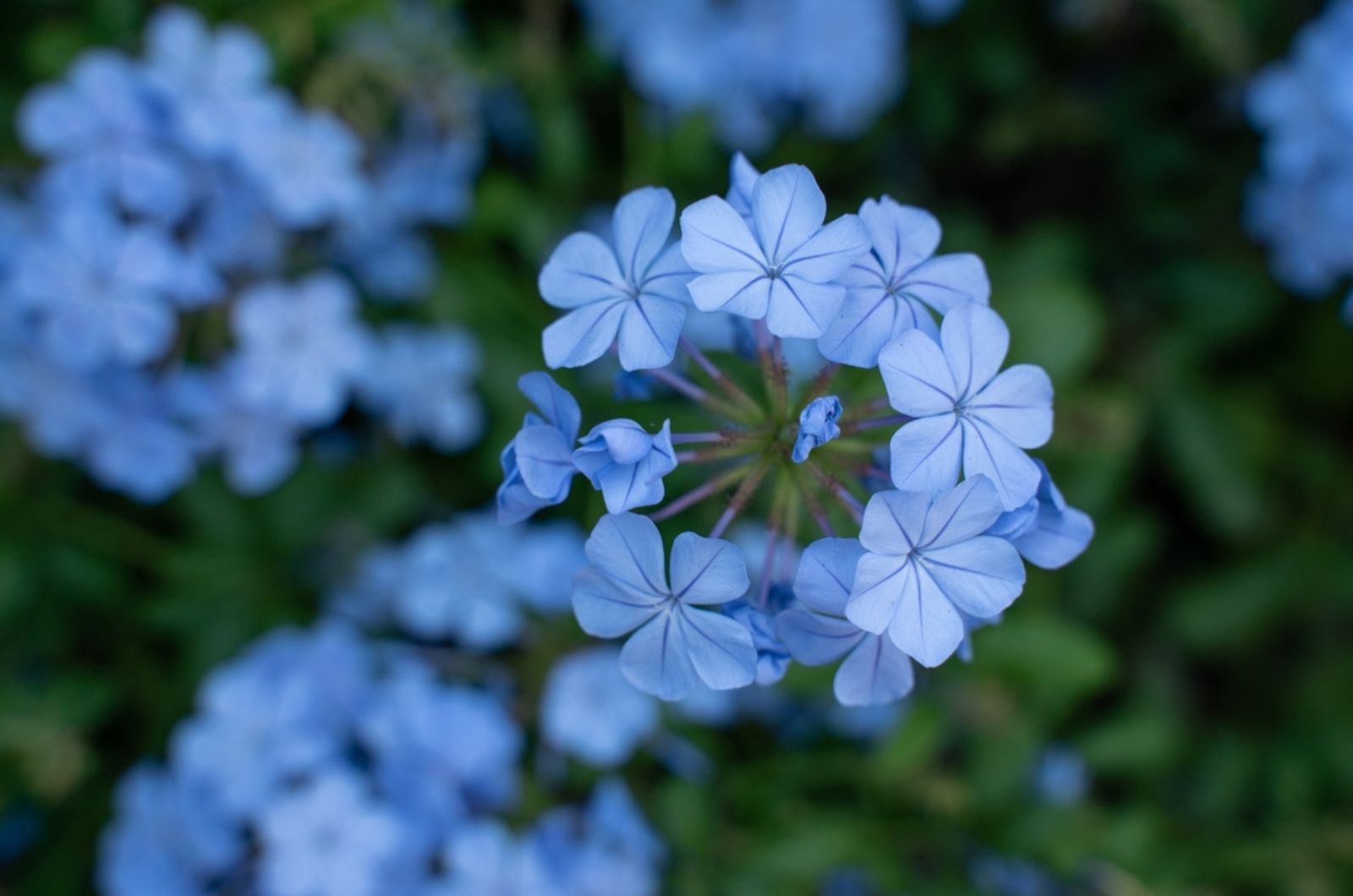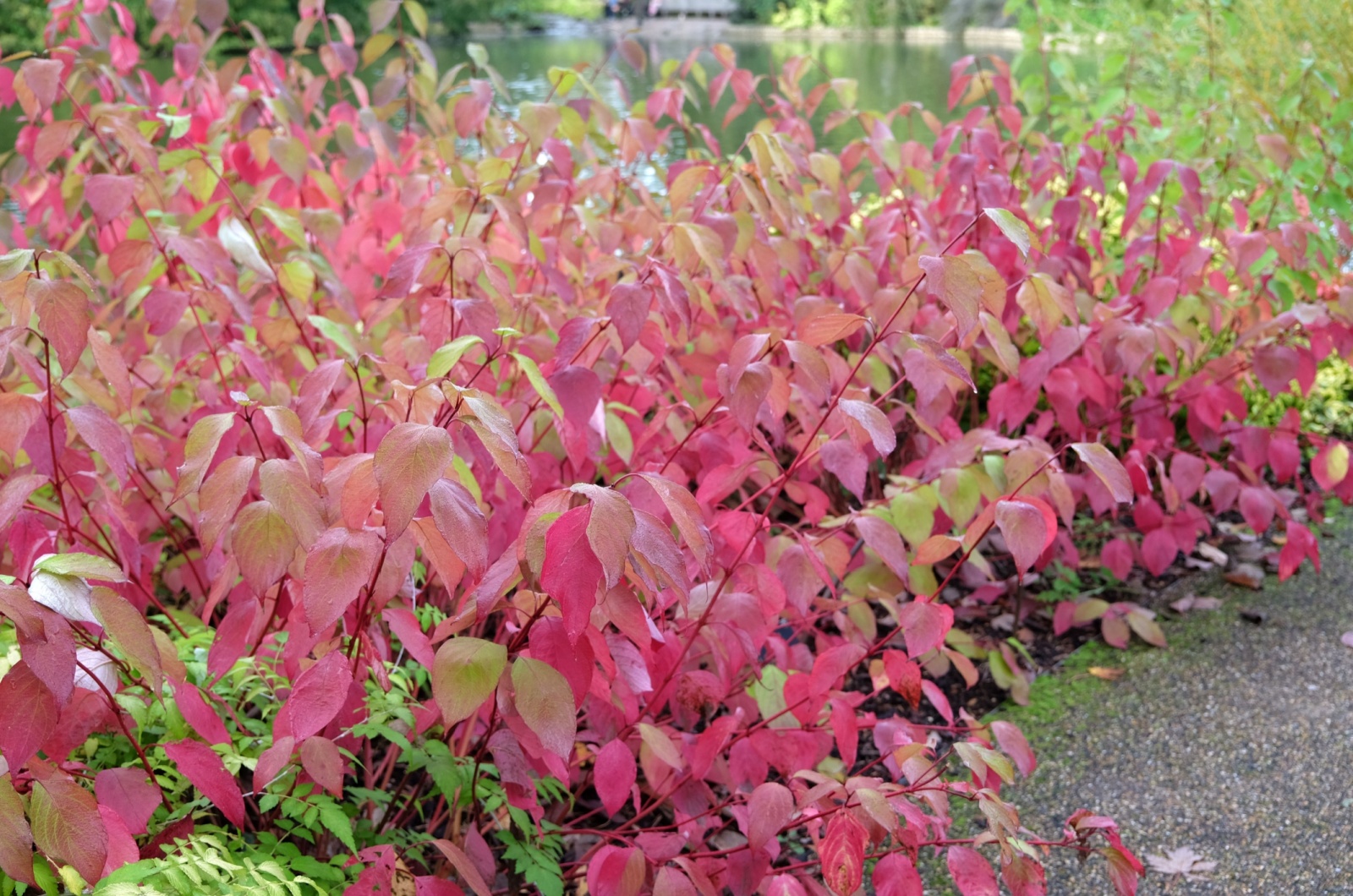The Keystone State has diverse flora and fauna with approximately 2,100 native plants. (1)
And if you live in Pennsylvania, I have some options you can include in your native garden and have it exploding with color and buzzing with life in no time.
Let’s check them out!
Benefits Of Native Plants
What are the benefits of native plants and are they really necessary in our gardens? I’d say yes, and here’s why.
• Native plants are undemanding and require little care.
• They usually require less moisture, helping to conserve water.
• You don’t need to use pesticides on them (or you have to apply them rarely).
• They support and attract native pollinators and wildlife.
• Natives have gorgeous colors and make your garden richly colored.
Harmful Effects Of Non-Natives
There are about 1,300 non-native species in Pennsylvania and more than 140 plants are considered invasive in this state and pose a risk for others. (2)
But what’s the deal with non-natives?
• They don’t support diversity. Non-natives present homes for fewer caterpillars, meaning less food for native birds.
• Non-natives will fight with native plants for nutrients and moisture. If they’re successful, natives could die.
• They don’t support ecosystems as much as natives and attract fewer pollinators.
• Invasive species spread rapidly and can choke out any plant in their way, including natives.
1. Bee Balm
There are many reasons why you should grow bee balm and attracting pollinators, the ability to act as a screen plant, and low-maintenance are just a few of them.
It usually gets 2-4 feet tall, although it can grow up to 6 feet tall on certain occasions. Plant it in a moist and sunny location and it will decorate your garden with gorgeous flowers from May to October.
2. Black-Eyed Susan
This wildflower is perfect for any setting, whether you’re going for a relaxed or more formal landscaping design.
Plant it in full sun and moist-to-dry substrates with good drainage and it will reward you with its golden blossoms from June through October.
Black-eyed Susans are perfect for pollinator and bird-friendly gardens, mass plantings, bordering your flower beds and pathways, and containers.
3. Blue Flag Iris
You might recognize some other names of this gorgeous blue plant: wild iris, harlequin blueflag, and large or northern blue flag.
It thrives in wetlands near the rush, reed, and sedge habitats which get full or partial sun. In your garden, it will grow best near a pond or in a rain garden, where it will exhibit its blue flowers from May to August.
Pollinators love the blue flag iris, but it is toxic to pets and livestock.
4. Butterfly Milkweed
Milkweed is a perfect plant for a butterfly garden because it represents a habitat for the Monarch butterfly.
It blooms from May to September and thrives in sunny locations with poor, sandy or gravelly, well-drained, and dryish substrates.
5. Cardinal Flower
This plant is a perfect option for a natural privacy screen because it can get 2-4 (sometimes up to 6) feet tall.
It is also one of the best flowers for hummingbirds and loves the shade, so it’s perfect for many gardens. Cardinal flowers can tolerate full sun in cooler climates, but usually prefer partial sun or shade.
This plant blooms from July to October and thrives in nutrient-rich and moist-to-wet environments.
6. Common Milkweed
Another milkweed that’s perfect for all kinds of pollinators, only this one is pink-white and blooms from June to August.
In addition to being perfect for butterfly and pollinator gardens, you can also use it as a privacy plant as it usually grows between 3-5 feet tall (sometimes up to 8).
Provide it with a loose and well-drained substrate and as much sunlight as possible, and its gorgeous flowers heads will brim with tiny flowers loved by bees.
7. Coneflower
You can find coneflowers on the list of drought-tolerant plants. It doesn’t require too much; almost nothing aside from full sun and a well-drained medium.
Coneflowers bloom from June to September and are magnets to songbirds, butterflies, and other pollinators.
They get between 3-4 feet tall, so you can use them as privacy screens as well.
8. Foamflower
This is a perfect choice if you want to plant a moonlight garden – a landscape that looks gorgeous in both the day and nighttime.
The foamy flowers appear in April and last until June, growing in clusters and attracting a range of beneficial insects.
Plant it in a shady location with a little bit of morning sunlight and ensure the soil is consistently moist, slightly acidic, and well-drained.
9. Foxglove Beardtongue
This bright-white Pennsylvania-native makes a great addition to any garden and attracts numerous pollinators along the way.
Make it a statement plant, add it to your English cottage style garden, or simply use it to fill empty spaces in your flower beds.
It flowers from April to July and only requires full sun to part shade to thrive. When it comes to soil, it doesn’t mind drought, compaction, or even salt.
10. Goldenrod
Goldenrod is considered to be a weed and an invasive species in many parts of the US, but not in Pennsylvania.
Here it thrives in full sun and moderately moist mediums with good drainage.
Goldenrod typically blooms in mid-late August and lasts into October, attracting various pollinators and adorning your garden with sunshine colors.
11. Golden Sundrops
The golden sundrops is a perfect drought-tolerant plant for sunny spots and dry soils. It produces its alluring yellow blossoms from April to August and is a perfect addition to your pollinator garden.
The plant usually gets 1.5-2 feet tall, although it can get taller than that in the right conditions.
12. Mountain Laurel
If you need some real privacy, I’d suggest this 12-20 foot tall shrub, also known as kalmia or calico bush.
Mountain laurel produces unique pink and white blossoms in June and July, coloring your landscape and making it full of life. It attracts numerous pollinators, so adding it to your pollinator garden is another option.
It tolerates various conditions, from full sun to shade, although it prefers partial shade. Plant it in a cool, moist, well-drained, and nutrient-rich soil for the best result.
13. New England Aster
This wildflower is a perfect mauve magnet to butterflies. It can also get up to 6 feet tall, so you can use it as a unique privacy screen.
The daisy-like blossoms appear from August through October and the plant only requires moist and humus-rich soils and full sun to partial shade.
Although, it can tolerate a range of other conditions as long as the substrate isn’t bone dry.
14. New Jersey Tea
This shrub can be your dream hedge or a privacy screen if you just give it a chance. It gets about 3-5 feet tall, flowers in May to July, and requires very little to thrive.
It is incredibly drought-resistant when it gets established and requires about 6 hours of sun each day and a well-drained growing medium.
The New Jersey tea doesn’t grow that fast, but once you see its rounded crown splashed with white flowers, you won’t be able to resist it.
15. Red Columbine
This plant is on the list of native plants suitable for shade and can handle conditions varying from full sun to full shade.
It thrives in moist soils in spring, drier substrates in summer, and is perfect for rock gardens with various fertility levels.
In Pennsylvania, it starts blooming in early April, extending its season well into June.
16. Swamp Milkweed
This milkweed is adorned with pink and rose blossoms from July to September and thrives in moist soils with good drainage.
Plant it in a location with full to partial sun and its 2-4 foot tall stems will provide you with enough privacy and pollinators.
17. Virginia Bluebells
There are many amazing wildflower plants out there, and Virginia bluebells certainly make the cut.
It blooms from mid-April to mid-May and is a perfect addition to woodland gardens and underneath trees, whether you want a couple of plants or mass plantings.
In addition to shade, this wildflower enjoys humus-rich, moist, loamy, and well-drained substrates.
18. Wild Blue Phlox
Also known as woodland phlox, wild blue phlox is rather short and doesn’t exceed a height of 9-12 inches.
It creates vast colonies and, combined with its compact size, is a perfect ground cover.
Woodland phlox flowers in March and May, sometimes even in June, and thrives in a location with dappled shade and a well-drained, nutrient-rich, and moist substrate.
Pennsylvania Native Trees And Shrubs
Pennsylvania has about 134 species of native trees that adorn its vast forests. They include eastern hemlock and redcedar, different pine varieties (e.g. patch and red pine), American larch, flowering dogwood, different maples (e.g. silver, red, striped), box elder, white ash, redbud, etc. (3)
The Keystone State is home to many shrubs as well, including mountain laurel, red twig dogwood, northern spicebush, swamp azalea, witch alder, winterberry, summersweet, etc.
You can include all these species in your landscape and enjoy their shade and flowers in the upcoming years.
Tips To Start A Native Garden In Pennsylvania
Starting a new garden can be overwhelming, so the best thing you can do is have a plant beforehand.
Consider the soil and light exposure your area gets and plant natives that thrive in those conditions.
Finally, think about what you want your garden to be, or rather if you want to attract as many pollinators as possible or have some privacy.
You can also examine some templates for native gardens the Pennsylvania Department of Conservation & Natural Resources put out.
Where To Buy Natives In Pennsylvania
There are many native plant nurseries in Pennsylvania that sell these kinds of plants.
The Pennsylvania Native Plant Society organizes festivals and sales where you can acquire these plants. Some State Parks also have native plant sales, so you can check those as well.
The Pennsylvania Department of Conservation & Natural Resources offers a where-to-buy-native-plants list you can check out and find more places to get the natives and start your garden.
References:
1. Landscaping with Native Plants (n.d.). Pennsylvania Department of Conservation & Natural Resources.
2. Invasive Species of Concern for Pennsylvania (n.d.). Pennsylvania Department of Agriculture.
3. Common Trees of Pennsylvania (2011). Department of Conservation & Natural Resources, Bureau of Forestry.

